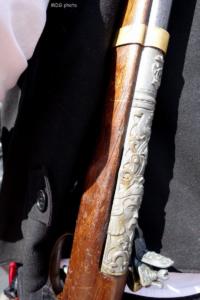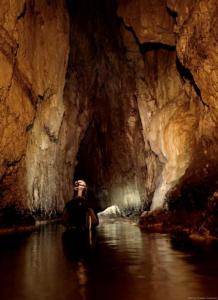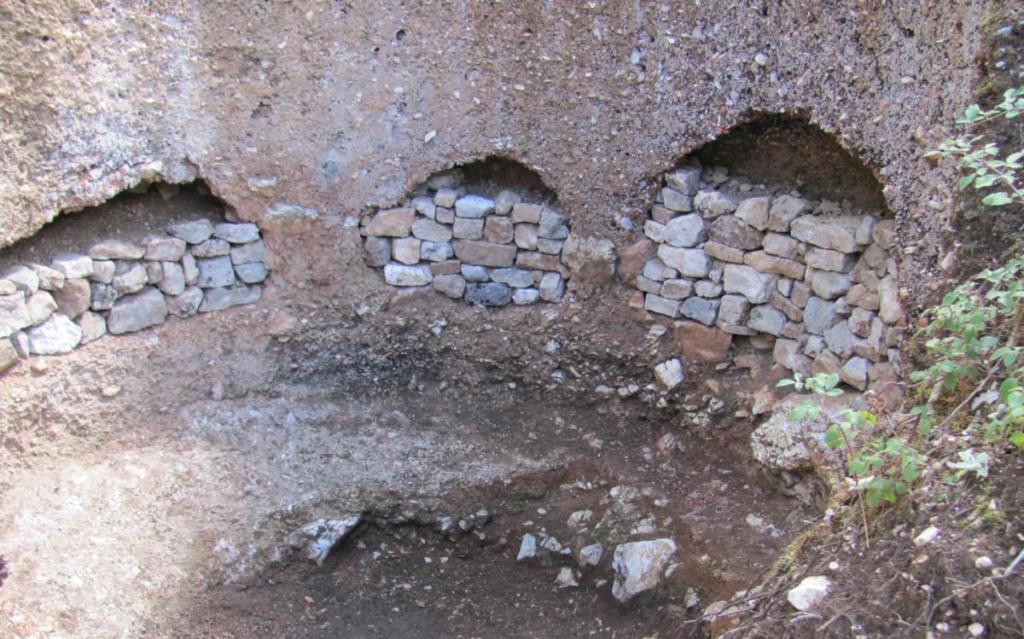Do you know Josè Borjes?
He is not the Argentine writer but a Catalan general who arrived in Naples with the Bourbons to fight the Piedmontese.
In Abruzzo he is a myth and in the village of Sante Marie you can visit an original museum focused on his life as an officer: the Museum of Brigandage and the Unification of Italy. You can admire original documents, photographs and memorabilia such as clothes, armaments and coins.
We are in Marsica which, with its characteristic mountain position and border with the Papal States, was one of the main countrysides of the phenomenon of banditry. A complex phenomenon, where poor people opposed to the new state found themselves fighting with those who resisted the arrival of the Savoy and where fringes of the Bourbon army had to learn guerrilla warfare.
[caption id="attachment_114189" align="pull-left" width="200"] Sante Marie by MDG Foto[/caption]
Sante Marie by MDG Foto[/caption]
Josè Borjes was born in Vernet in 1813 and after a career in the army, in 1840 he went to exile in France where he did many different jobs. In 1860 he tried to make himself available to the army of the Papal States but the authorities rejected the proposal and then he was contacted by the Bourbon government in exile who were trying to organize a resistance in southern Italy.
Borjes was a handsome black-haired man with a lean physique, he wanted to wear a military uniform and was not afraid to throw himself into battles following the example of his father.
We are now in September 14, 1861, and from Malta, Borjes landed at Capo Spartivento in Calabria in search of assessing the local discontent against the Piedmontese. He had been sent by the Bourbon Committee which had not understood the deep fracture that had now arisen in southern Italy after the passage of Garibaldi and the strong control of the Savoy. A large army had been promised by the Bourbons to wait for him but Borjes found no-one except poor peasants who could not even hold a rifle in their hands.
Arriving in Basilicata he joined with the bandit Carmine Donatello, called Crocco, one of the real bandits who had at heart an economic and social revolution for the population. The agreement between the two provided for the creation of a regular army to conquer Potenza but the bandit's mistrust wrecked the plan.
Together they won numerous battles but did not arrive in Potenza. The small army broke up and Borjes decided to move to Rome to organize resistance from the north.
[caption id="attachment_114192" align="pull-left" width="200"] Sante Marie by MDG Foto[/caption]
Sante Marie by MDG Foto[/caption]
He crossed Italy with a legendary march and, passing through Molise on the 5 Miglia plain, he arrived at Sante Marie in Marsica from where he tried to reach the nearby Papal States.
On his way he had joined with volunteers, soldiers of fortune, but also with local bandits who took advantage of the situation to plunder and sack those they met.
But his story ended here in Sante Marie in Abruzzo on December 8, in the Mastroddi farm near the sinkhole of Luppa, where a memorial stone was placed in memory of the capture of the Catalan general. His end was caused by the betrayal of Benedetto Ippoliti who revealed the place of his refuge to the commander of the National Guard.
Thus ended the story of General Josè Borjes who surrendered and was captured and taken to Tagliacozzo where he was shot with 17 other comrades in arms. The scene in which Borjes tried to surrender with the dignity of a soldier of an opposing army is remembered and the Piedmontese humiliated him considering him instead as a bandit.
With him, ended the resistance of the Bourbon Kingdom and Sante Marie also entered the new Kingdom of Italy. A period of emigration began on the part of many inhabitants who went to seek their fortune in the Americas and over many years the story of Josè Borjes entered local legends.
[caption id="attachment_114183" align="pull-left" width="218"] Sante Marie - Inside of the Luppa cave by Claudio Fortunato[/caption]
Sante Marie - Inside of the Luppa cave by Claudio Fortunato[/caption]
After a few months, he was paid a late tribute by buryial in a cemetery in Rome by order of General La Marmora also under pressure from numerous intellectuals. During his adventurous life, Borjes had kept a diary written in French which was published initially in 1862, first in French and then translated into Italian.
His legendary story was illustrated in a cartoon from 1978 (The Man of the South by Alarico Gattia) and represented in the film 'Re di Luigi Magni in 1989 and They called them ... bandits! by Pasquale Squitieri in 1999.
Today Josè Borjes has entered history and in memory of the history of that period, a museum was opened and a suggestive trekking path was inaugurated which traces the places frequented by brigands.

The Way of the Bandits is a ring path that can be travelled in seven days along a path that varies between 800 and 1300 meters above sea level. Follow in the footsteps of the bandits of the Banda di Cartore between the Valdevarri, the Valle del Salto and the slopes of Monte Velino. The departure and arrival are in Sante Marie.
For more information link https://camminobriganti.wordpress.com








Follow us